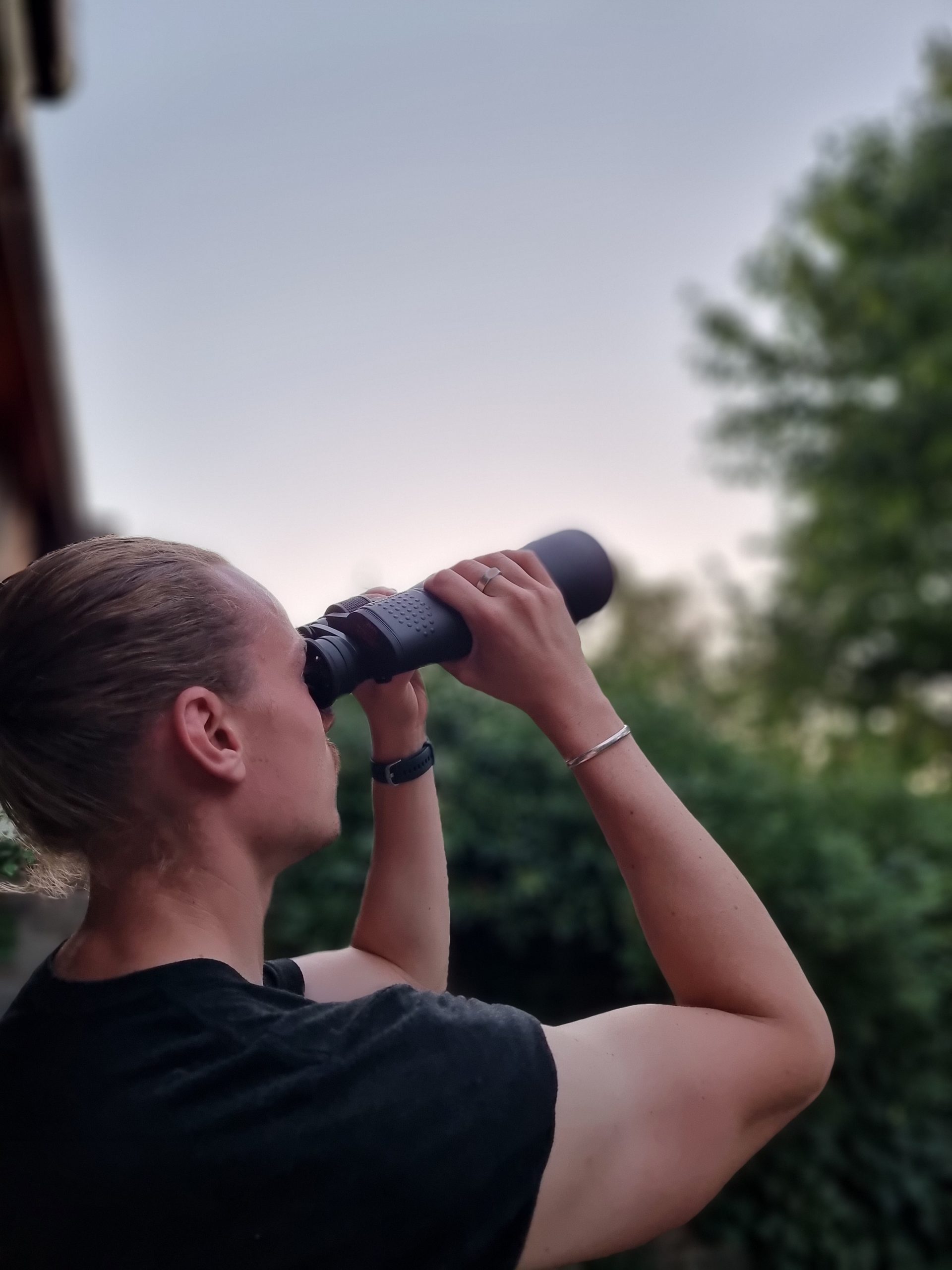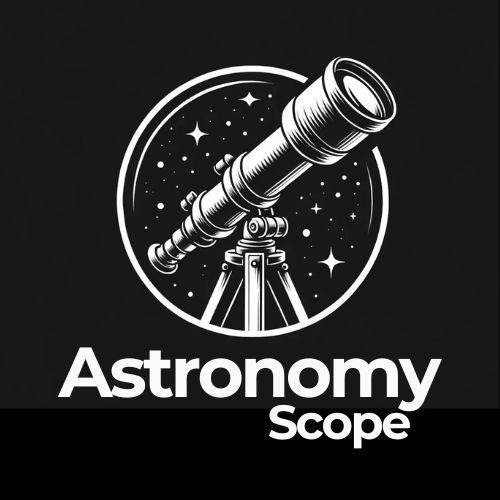Synopsis: In the article, we provide a thorough review of the Celestron Luminos Eyepiece range, including pros and cons as well as see how they compare up against one another and against other alternatives.
Bottom Line
The Celestron Luminos Eyepiece range consists of 6 different eyepieces (7mm, 10mm, 15mm, 19mm, 23mm and 31mm) and a 2″ 2.5x Magnification Barlow Lens.
The fully multi-coated optics provide incredibly clear and crisp 82º field of view images while being housed with a robust and premium framework.
Plus, with a Celestron Luminos Eyepiece observing is much easier; the Parfocal design enables you to switch your eyepieces with minimal or no additional focusing required.
The insert barrel is threaded which means they can accept filters too! Finally, the 2 Year Warranty means that if you have any issues with your Luminos eyepieces during that time due to the components/manufacturing, Celestron will replace them or fix them free of charge during that time period.
Considering their respective quality at their very affordable and reasonable price, these are excellent eyepieces for your telescope.
Pros of Celestron Luminos
- Good on-axis performance and at slower Focal Ratios.
- All are made from polished hard-anodized aluminum ensuring durability, rigour and a premium appearance.
- Offer a wide 82º field of view in both high power and low power models,
- Optics are fully multi-coated ensuring crisp, sharp views,
- All six Luminos eyepieces are parfocal, which means you can switch out eyepieces during observing sessions with little or no additional focusing required.
- Rubber grip runs around the equator of the eyepiece, keeping it securely in your grip even when it is cold or you have a pair of gloves on.
- Eyecups are retractable meaning you can raise them when you need them or fold them down when you do not.
- Insert Barrel is threaded to Accept Filters
- Affordability, particularly in comparison to other 82-degree lines.
Cons of Celestron Luminos
- Heavy and quite Bulky; but you can remove ~ 40% of the weight by removing the external eyecup shell,
- Edge of field brightening (EOFB) is relatively high on the 2″ models. May or may not be an issue depending on your preferences and what eyepieces you opt for (e.g. not apparent on the 1.25″ models).
Eyepieces In The Luminos Range

As previously mentioned, there are 6 eyepieces in the Celestron Luminous Range. First, let me provide the basic specifications, then I will go into what they mean:
| Specification | 7mm | 10mm | 15mm | 19mm | 23mm | 31mm |
| Weight | 12 oz | 12 oz | 12 oz | 16.2 oz | 1 lb 13.3 oz | 2 lbs 11.3 oz |
| Parfocal Eyepieces? | Yes | Yes | Yes | Yes | Yes | Yes |
| Optical Coatings | Fully Multicoated | Fully Multicoated | Fully Multicoated | Fully Multicoated | Fully Multicoated | Fully Multicoated |
| Field Stop Diameter | 15mm (0.59″) | 17mm (0.67″) | 26mm (1.02″) | 30mm (1.18″) | 37mm (1.46″) | 47mm (1.85″) |
| Eye Relief | 12mm (0.47″) | 12mm (0.47″) | 17mm (0.67″) | 20mm (0.79″) | 20mm (0.79″) | 27mm (1.06″) |
| Barrel Size | 32mm (1.25″) | 32mm (1.25″) | 32mm (1.25″) | 51mm (2″) | 51mm (2″) | 51mm (2″) |
| Apparent Field of View | 82° | 82° | 82° | 82° | 82° | 82° |
| Price | Check On Amazon | Check On Amazon | Check On Amazon | Check On Amazon | Check On Amazon | Check On Amazon |
Focal Length Range:
The Celestron Luminous Eyepieces are single eyepieces that all come with a default and set Focal Length (7mm, 10mm, 15mm etc).
Now, the Focal Length is one of the most important elements of an eyepiece. It is the eyepiece Focal Length, together with the focal length of the telescope, that determines the magnification you will be able to obtain.
Therefore – it is learning how to select/choose different eyepieces that you can alter the magnification on your telescope.
So the first step when choosing an eyepiece is to decide what magnifications, or powers, you require or would like and what eyepiece focal lengths will give them.
Recap: Here’s how to calculate magnification:
Magnification = Telescope focal length (mm) ÷ Eyepiece focal length (mm)
For example, a telescope with a 2000mm focal length used with the 7mm eyepiece will give you: (2000 ÷ 7) 285x Magnification.
Each eyepiece will therefore provide you with a different amount of magnification when applied to your telescope.
The benefit of using single focal length eyepieces (like a Luminos Eyepiece) is that you will be aware of what focal length you are using and you can quickly identify what to use next.
So if you have a 15mm eyepiece attached to your scope and want to use more magnification, you can swap out to the 19mm/23mm.
And the added benefit of the Celestron Luminos Eyepieces is that they are all Parfocal.
This means that you move from one Luminos Eyepiece to another without needing to refocus. You can use it straight away.
They’re therefore very interchangeable and I often like to move up and down the magnifications when I am observing with my own set.
Apparent Field of View (AFOV)
The Apparent Field of View, sometimes expressed AFOV, provides a rough guidance of how much of the sky you will be able to see.
All eyepieces in the Celestron Luminos range provide 82° which is considered excellent and high.
We can compare this specification to the common eyepieces that are often included in new telescopes.
The Kellner/Modified Achromat eyepieces, that tend to come with cheaper telescope packages, provide a 40 degree AFOV. Plossls on the other hand, which are generally provided with superior and more expensive packages, usually provide a 50 degree AFOV.
The benefit of having a Luminos eyepiece with a 82° AFOV is that you’ll be able to see an impressive area of the sky regardless of what eyepiece you opt for.
Usually, the shorter the focal length, the less AFOV you are able to get.
This is not the case with the 7mm/10mm Luminos and you do not suffer from this shortening.
The AFOV is going to be considerably wider than if you were using a regular 8 mm Plossl eyepiece for example.
A lot of eyepieces provide an AFOV around the 30-45° range, which personally, I feel is too narrow.
Why would you want to have such a restricted view of the sky when the Luminos eyepieces are so affordable?
Eye Relief
Eye relief refers to the distance that you will need to place your eye from the lens to ensure you benefit from the full Field of View.
Its commonly known among astronomers that anything above 10mm is comfortable, but it is preferable to have a higher relief if possible – 12-15mm is a good eye relied to have.
If you wear glasses then this will add a couple of mm on to that, so you’ll likely find that 15mm+ is ideal.
The Luminos range eyepiece offer different Eye Reliefs (view specification table above), but you’ll notice that the shorter the focal length (higher the magnification), the lower the Eye Relief provided.
So the 7mm Luminos Eyepiece gives you a 12mm Eye Relief in comparison to the 31mm Eyepiece that gives you 27mm of eyepiece.
This will all be down to preference but for the most part, all of the Luminos Eyepieces give you a comfortable and ideal eye relief range.
If you wear glasses then you are going to need to consider if the 7-10mm Luminos eyepieces is going to be adequate enough for you.
For the 15mm eyepiece, I have tested it with my own glasses on and have found it to be more than adequate.
However, I like to wear my contact lenses when using my telescope especially when venturing down to the 7-10mm eyepieces.
However, the reason you wear glasses it to help focus an image but your telescope has a focuser that we can use for this! Sometimes you don’t even need to wear contacts.
Optical Coatings
Optical Coatings are often neglected elements to consider but they make a considerable amount of difference.
The coatings impact the amount of light that can be transmitted through them, plus they help to limit and reduce reflections too.
Optical Coatings differ in quality; starting with uncoated, then single coat, then fully coated and ending up at fully multi-coated.
All of the eyepieces in the Celestron Luminos range are fully-multi-coated which is the best you can get. It provides a number of benefits including those mentioned above.
Barrel Size
The majority of telescopes will generally accept 1. 25” eyepieces as standard, so the 7mm, 10mm and 15mm Luminos Eyepieces will fit them all.
Some telescopes accept 2” eyepieces right away, but you may require an adapter to fit a 2″ eyepiece in your 1.25″ telescope.
So if you plan on purchasing one of/or all three of the 19mm, 23mm, 31mm Luminos eyepieces it would be good to check your telescope in advance.
If you require an adapter, thankfully there’s a great and cheap adapter over on on Amazon)
Field Stop Diameter
The Field Stop Diameter refers to the measurement of the Field Stop (another component that dictates how much of the sky you can see through an Eyepiece).
The Field Stop is essentially a metal ring inside the eyepiece barrel that affects the field size.
This ring is what is projected by the eyepiece so you obtain a circle out in space when you look through the eyepiece.
So its a pretty important component of the eyepiece.
Here’s another calculation for you:
On a telescope, you can get an understanding of the true field of view by:
(Eyepiece Field Stop Diameter ÷ Telescope’s Focal Length) x 57.3°.
The Luminos Eyepieces provide great Field Stop compared to other eyepieces available on the market.
Weight
The Luminos eyepieces start at 12 ounces (7mm) and scale up to 2 lbs 11 ounces (31mm). They get heavier as you increase the Focal Length size.
The weight of the Luminos eyepieces are typically more than cheaper, more inferior eyepieces including Kellner, Modified Achromat and Plossl eyepieces which weight from 4-8 ounces.
For the most part telescopes will be able to handle this extra weight. However, if you are using a cheaper/smaller telescope the weight of a Luminos eyepiece could cause an imbalance on the optical tube.
Personally, the weight has never been an issue for me, even on my 80mm telescope.
When it comes to the weight of eyepieces, you can counteract the weight by learning how to effectively balance your telescope.
The Luminos Eyepieces should not be a problem unless you are using a cheaper lighter telescope.
In that case, upgrading your telescope will likely be a better option for you. So just consider that the Luminos eyepieces are heavier than your typical cheaper eyepiece.
Verdict And Final Words
The Celestron Luminos Range offers some of the most effective and premium eyepieces that you can get in this price range.
I recommend them to anyone looking to expand their magnification, particularly if you like to quickly move through magnification at speed and want to overcome the issue of refocusing.
Choosing an eyepiece Focal Length is going to completely depend on your preferences and ambitions, but with a 82º Field of View you’re going to get some fascinating sites regardless of which one you opt for.
If you have the budget I’d actually recommend getting a couple/a few more. If not, then it is best to work out what your telescope will be able to offer you with each of the various eyepieces here. Hopefully the formulas up above will help you with this.
Related Guides:

Hey, my name is Jeremy. I’m a passionate and seasoned astronomer who loves nothing more than observing the night sky. I also love researching, learning, and writing all things Space and the Universe. I created Astronomy Scope to share my knowledge, experience, suggestions, and recommendations of what I have learned along the way while helping anyone to get into and maximize their enjoyment of the hobby.

